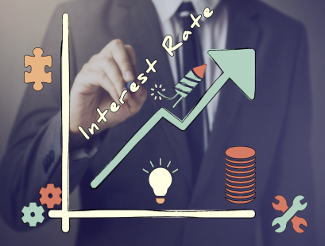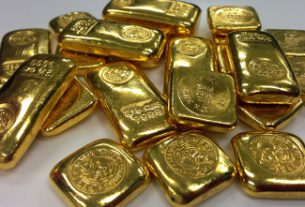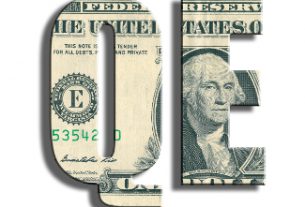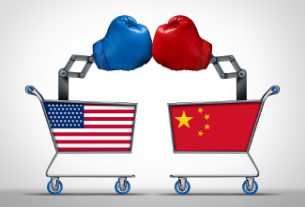As 2019 begins, many market observers will be watching the Federal Reserve carefully for signs of a change in monetary policy. Markets had been hopeful that the Fed wasn’t going to raise rates in December, but it stuck to its guns. The reaction, predictably, was a huge fall in stock markets. But with the Fed seeming to indicate that it might only hike rates twice more in 2019, to get the federal funds rate to around 3.0%, markets are hoping that the end of rate hikes may be in sight.
The Fed’s rate hikes have been blamed for the weakness and volatility in stock markets recently, with rising interest rates having put a damper on economic activity across the board. In a sense that’s unfair, because the federal funds rate is still arguably below the real market rate of interest. And the real weakness in the economy was caused in the first place by the Fed’s quantitative easing (QE) in response to the financial crisis. That propped up an already weak, debt-ridden economy by creating more money and credit, allowing companies and households to become further indebted. Now that interest rates are rising, the financial weakness of those companies and households is becoming more and more evident.
In short, the recent weakness and volatility in stock markets isn’t the result of the Fed’s recent actions but rather the chickens coming home to roost after a decade of near-zero interest rates. Markets don’t want to see an end to loose monetary policy and easy credit, which is what fueled the bull market in stocks. Just like with the “taper tantrum” in 2013, markets are hoping that the Fed will react to the decline in stock markets by pausing its attempt to normalize monetary policy. But even if the Fed were to put its rate hikes on hold in 2019 it wouldn’t stop the inevitable crisis from occurring.
The seeds for the next financial crisis were sown when the Fed decided to engage in QE. The malinvestments and structural instability that resulted are now coming to light, and no amount of monetary shenanigans can change that. Worsening economic conditions will mean that in all likelihood the Fed may not continue with its rate hikes into 2019, but that will be too little, too late. There’s nothing the Fed can do to stop the “everything bubble” from bursting, and investors need to realize that and plan accordingly.
That’s part of the reason that, as stock markets drop, gold is rising in price. Gold has served as a safe haven for centuries, protecting investors from stock market crashes, rising inflation, and financial turmoil. Gold’s performance during the last financial crisis was legendary, rising 25% while stock markets lost half their value. And with another financial crisis on the horizon gold is likely to see yet more growth. Investors who invest in gold today will be positioning themselves well to weather many of the most unpleasant effects of the coming stock market crash.
This article was originally posted on Goldco.





